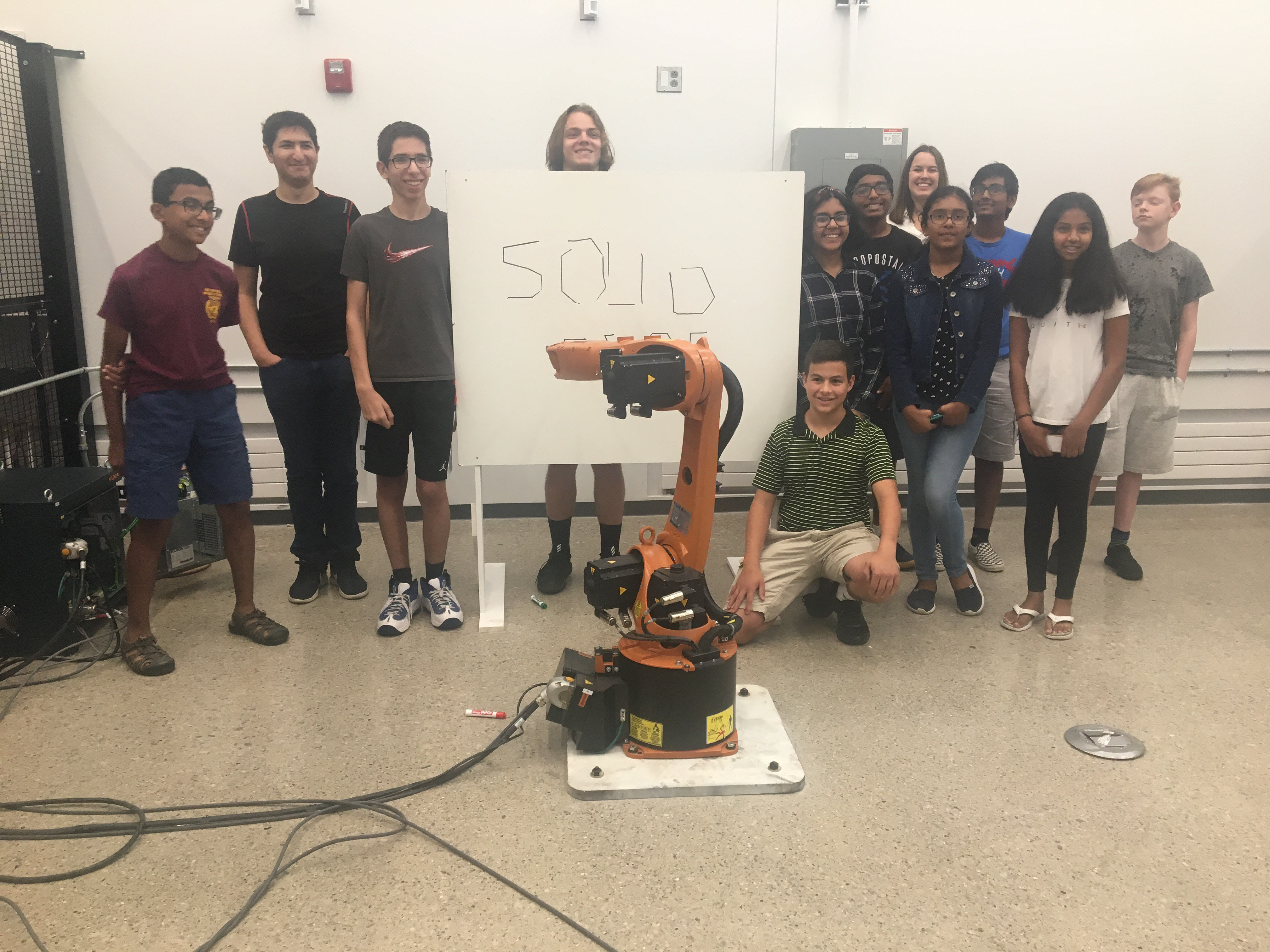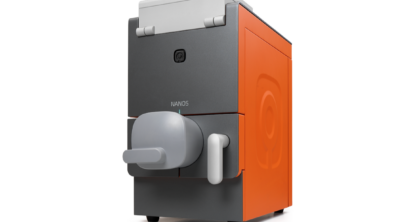Students Get Hands-on with Solid Edge Summer Engineering Camp

We hosted an engineering summer camp for students last week in our Detroit office in Michigan, and I had the pleasure of working with 15 bright young students between the ages of 11 and 17 years old. They learned how to design products in Solid Edge using basic 3D modeling techniques and spent the week working together on a challenge to design fun summer products for the outdoors. I was blown away by what these young people were able to accomplish in just five days with a little creativity, ingenuity, and guidance.

The Solid Edge Summer Engineering Camp is a new program we’re launching this year to help engage more young people in STEM, and specifically we’re hoping to spark their interest in engineering. The first event kicked off in Plano around the end of June, and we have another camp planned soon for friends and relatives of employees in Germany. It’s great to have these opportunities to help children explore their interests and possible career options early on, when they have the time to really dedicate to honing their skills in a particular area. I was pleased to hear that many of the students I worked with last week were exposed to CAD as early as sixth grade (11-12 years old, for reference). Now, they can say they have taken their passion for engineering, math and science even further with Solid Edge.
 More than 15 students between the ages of 11 and 17 years old became Solid Edge certified during the Siemens Solid Edge Summer Engineering Workshop.
More than 15 students between the ages of 11 and 17 years old became Solid Edge certified during the Siemens Solid Edge Summer Engineering Workshop.
During the engineering camp, students followed the self-paced training available for free on Gear Up University. Gear Up U has been written about for its dynamic and groundbreaking approach to teaching STEM. John Devitry-Smith developed the curriculum while teaching introductory mechanical aerospace engineering courses at Utah State University after encountering many students who weren’t prepared to handle the coursework required in the program. Under administrative pressure to teach students to be more creative and innovative (how do you teach creativity?), John went off book to develop a completely new interactive style of engineering education – one that learners could use to prepare for their college courses.
 Ojasvi (11) and Suvetha (13) designed this water balloon cannon in Solid Edge. The cannon rotates as it fills with water, and you attach the balloons to the end of each spigot to fill them.
Ojasvi (11) and Suvetha (13) designed this water balloon cannon in Solid Edge. The cannon rotates as it fills with water, and you attach the balloons to the end of each spigot to fill them.
Now more than 20,000 students in 136 countries have completed his courses, including the students in my summer camp. They completed classes one and two of Gear Up U—Recognizing and Creating Patterns and Introduction to 3D Design—which introduce the complex concepts of geometry and spatial thinking that form the basis of CAD modeling in a fun and engaging way.
Students then had the opportunity to either team up or work individually toward completing an open-ended design challenge: Develop a product that’s related to summer fun outdoors. They could either model an existing product or come up with something completely new. We had them present their designs at the end of the week to parents and staff. They shared what they learned during the course of the week, including the methods they used to design their product, along with the biggest challenges they faced and how they overcame them. One student noted that he was amazed at how much it was possible to create using a few simple shapes such as a triangle, rectangle or circle.
The designs were judged based on a number of criteria such as aesthetics (how attractive was the design and the use of color), complexity of the CAD techniques employed, and the originality of the idea. The grand prize went to Ojasvi and Suvetha for their use of motion and animation in the design of a water balloon cannon. Second place went to Martin, Norman and Aaryan who designed a towable tube, surfboard and snorkel. They included the use of Blue Surfs in their design, and even applied a scene and performed some rendering to create a final image.
 Martin (17) Norman (14) and Aaryan (15) designed this towable tube as part of their final design project. They applied a scene in rendering to create this image.
Martin (17) Norman (14) and Aaryan (15) designed this towable tube as part of their final design project. They applied a scene in rendering to create this image.
We also visited a local university renowned for its engineering program where students got an inside look at the manufacturing process. We met with the head of the Robotics Engineering Department at Lawrence Technical University (known as Lawrence Tech) in Southfield, Michigan. Dr. Giscard Kfoury and Professor Jim Kerns took us through an interactive presentation that covered the history of robotics and manufacturing—from the early days of the assembly line when the men who put the world on wheels walked to work every day at one of the first Ford plants, to the future of autonomous vehicles and a world without parking lots. We then entered the lab to get hands-on with an interesting, albeit tedious, task. The students learned how to use a pendant to program an industrial robotic arm. By moving the robotic arm in the positive or negative x, y, or z direction and programming specific points into the system, we created a program that “taught” the robot to write Solid Edge. Each student got a chance to try their hand at manipulating and programming the machine.
 Students used a pendant to program an industrial robotic arm in the robotics laboratory at Lawrence Tech University in Southfield, Michigan.
Students used a pendant to program an industrial robotic arm in the robotics laboratory at Lawrence Tech University in Southfield, Michigan.

All in all, it was an exciting and informative week. I learned more from helping answer the students’ questions than I think they actually learned from me ![]() I am looking forward to hosting the camp again next year and seeing what else these great young minds are capable of!
I am looking forward to hosting the camp again next year and seeing what else these great young minds are capable of!



Comments